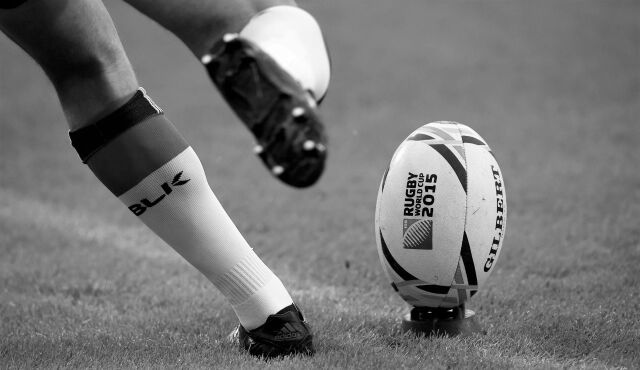Professional sportsmen and women who are employed by sports associations or companies and who reach a certain level of recognition generally receive two main sources of income: on the one hand, the remuneration received through their employment contract, which is directly related to their performance and sporting potential, and which is subject to social security contributions; on the other hand, the remuneration received for the use of their image, which in principle is not subject to social security contributions insofar as it is not the counterpart of any work.

Cass. civ.2, 16 February 2023, n°21-17.207
Without going into detail, clubs may use the image of their players without their consent when the use is made in a collective and/or strictly sporting context (i.e., dissemination of the player's image as a member of a team, in the context of a competition, etc.). However, the exploitation of the player's individual image may give rise to the payment of royalties.
From a legal point of view, the exploitation of the individual image can be structured according to very different modalities. In particular, the player may grant his club the rights to exploit his image in return for additional remuneration which he will receive directly - the law explicitly authorises this since 2017📅[1] - or entrust the exploitation of his image to a company.
These royalty payments are particularly scrutinised by the URSSAF (the Social Security and Family Allowance Contribution Collection Office), which in many cases considers them to be additional income received in the context of the employment contract and subject to social security contributions.
Thus, in a case recently brought to the attention of the Court of Cassation, the URSSAF considered that the royalties paid by a rugby club to a company exploiting the image of one of its players (in parallel with the salary paid by the club to the player concerned) had to be subject to social security contributions, on the grounds that this company was fictitious and that its sole purpose was to enable the player to receive additional remuneration not subject to social security contributions.
Did the judges confirm the Court’s analysis? Initially, yes. The Court of Appeal hearing the case had in fact ruled in favour of the URSSAF. But the Court of Cassation, without ruling on the merits of the case, finally ruled in favour of the taxpayer, considering that the URSSAF had not followed the proper procedure to justify its tax recovery.
It should be remembered that, according to Article L 243-7-2 of the French social security Code, the URSSAF "are entitled to reject, as not opposable to them, acts constituting an abuse of rights, either if these acts are fictitious, or if, seeking the benefit of a literal application of the texts contrary to the objectives pursued by their authors, they could not have been inspired by any other motive than that of evading or mitigating the contributions and social security contributions of legal or conventional origin to which the contributor is liable under social legislation or which the contributor, if he had not taken these measures, would normally have borne, having regard to his situation or his real activities".
In these situations, the authors of these acts are considered to have committed an "abuse of rights". Such abuses are heavily reprimanded (penalties being automatically applied in addition to the social security contributions) but a particular procedure must be complied with. The procedure incorporates specific guarantees for the benefit of the employers concerned, in particular the right to refer the matter to the abuse of law committee, an authority independent of the URSSAF which is responsible for examining the circumstances of the case and giving an informed opinion on whether or not an abuse of rights has occurred.
In this case, the URSSAF tried to justify its tax recovery by claiming that the image company was fictitious. The Court of Cassation considered that the URSSAF could not elect to place itself outside the abuse of rights procedure and thus deprive the club concerned of the guarantees offered by this procedure, which are substantial. By not allowing the club to avail itself of these guarantees, the URSSAF infringed the rights of the defence. The Court of Cassation therefore ruled that the proceedings brought against the rugby club were flawed, and consequently overturned the decision of the Court of Appeal which validated the tax recovery.
This ruling reminds the URSSAF that it can only use the powers conferred to it by law in order to combat abuses of rights (for instance the URSSAF has the power to ignore the legal existence of a company it considers fictitious) provided it strictly complies with the procedure in place and the guarantees it offers to employers. It also reminds clubs of the importance of being well advised, not only on the structuring of flows linked to the exploitation of the image of their players, but also on procedural matters!
Can we draw any other conclusions about the set-up itself? Should we fear systematic tax recoveries in the presence of such arrangements? Probably not, as long as they are well structured, have sufficient substance and reflect an economic reality. However, this case still shows that the URSSAF is vigilant - and even watchful - of these arrangements and therefore calls for great caution when setting them up.
[1] Art. L 222-2-10-1 of the Sports Code
Discover the news from:
- département avant Sport département après